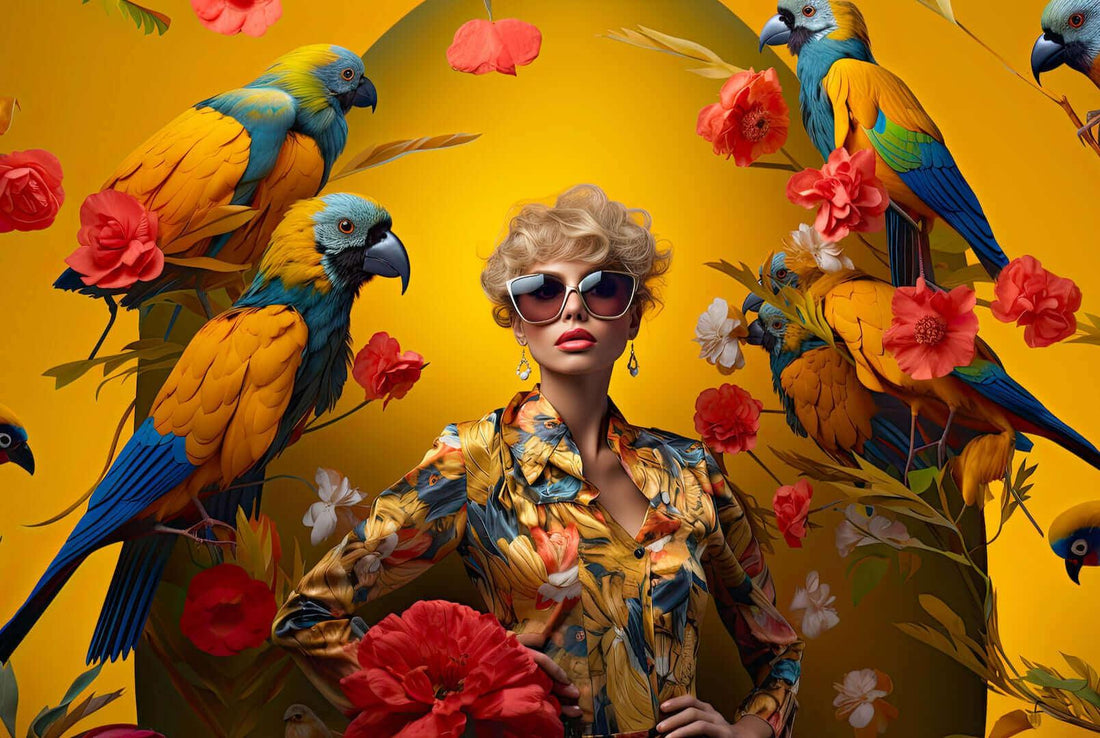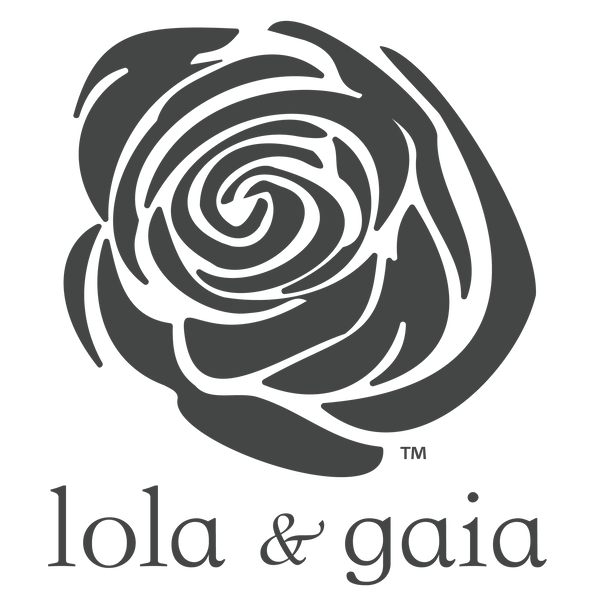
Floral Patterns in Fashion: A Timeless Trend
Katherine KellyFloral patterns have been a staple in the world of fashion for centuries, embodying the beauty and elegance of nature. These patterns, inspired by the diverse flora found across the globe, have been used to adorn everything from everyday wear to high fashion garments. The allure of floral designs lies in their ability to evoke a sense of freshness, vitality, and timeless elegance.
The History of Floral Patterns in Fashion

The use of floral patterns in fashion dates back to ancient civilizations. In ancient Egypt, floral motifs were common in clothing and jewelry, symbolizing fertility and rebirth. During the Middle Ages, floral patterns were intricately woven into tapestries and garments, often reflecting the natural world and religious symbolism.
The Renaissance period saw a resurgence in the popularity of floral patterns, with elaborate botanical designs gracing the fabrics of the wealthy and elite. Artists and designers drew inspiration from nature, incorporating detailed floral elements into their work. This trend continued into the 18th and 19th centuries, with the advent of techniques like block printing and embroidery allowing for more intricate and vibrant floral designs.
The Evolution of Floral Patterns

As fashion evolved, so did the interpretation and use of floral patterns. The Victorian era was characterized by ornate and elaborate floral designs, often incorporating roses, lilies, and other blooms in rich, detailed patterns. These designs were not only used in clothing but also in home decor, reflecting the era's fascination with nature and beauty.
The 20th century witnessed various transformations in the use of floral patterns. The Art Nouveau movement embraced organic shapes and floral motifs, emphasizing fluidity and natural forms. In contrast, the Art Deco period favored stylized, geometric interpretations of flowers, reflecting the modernist sensibilities of the time.
The 1960s and 70s saw a revival of bold and vibrant floral patterns, influenced by the countercultural movements and a renewed interest in nature and environmentalism. Designers like Yves Saint Laurent and Emilio Pucci embraced psychedelic floral prints, which became iconic symbols of the era.
Floral Patterns in Contemporary Fashion

Today, floral patterns continue to be a beloved element in fashion. Designers draw from a rich history of botanical inspiration, creating modern interpretations that appeal to contemporary tastes. From delicate, watercolor-like prints to bold, oversized blooms, floral patterns are versatile and adaptable to various styles and seasons.
High fashion houses like Dolce & Gabbana, Gucci, and Valentino frequently incorporate floral motifs into their collections, celebrating the timeless beauty of nature. Meanwhile, fast fashion brands also embrace floral patterns, making them accessible to a broader audience.
The Enduring Appeal of Floral Patterns
The enduring appeal of floral patterns lies in their ability to transcend time and trends. They evoke a sense of romance, nostalgia, and connection to the natural world. Whether used in a subtle, understated manner or as a bold statement, floral patterns have a unique way of capturing the essence of beauty and femininity.
As fashion continues to evolve, it is certain that floral patterns will remain a cherished and integral part of the industry. Their timeless charm and versatility ensure that they will continue to inspire designers and delight fashion enthusiasts for generations to come.
Floral patterns in fashion are more than just a trend; they are a testament to the enduring beauty and inspiration that nature provides. They remind us of the elegance and grace found in the natural world, bringing a touch of that beauty into our everyday lives.
